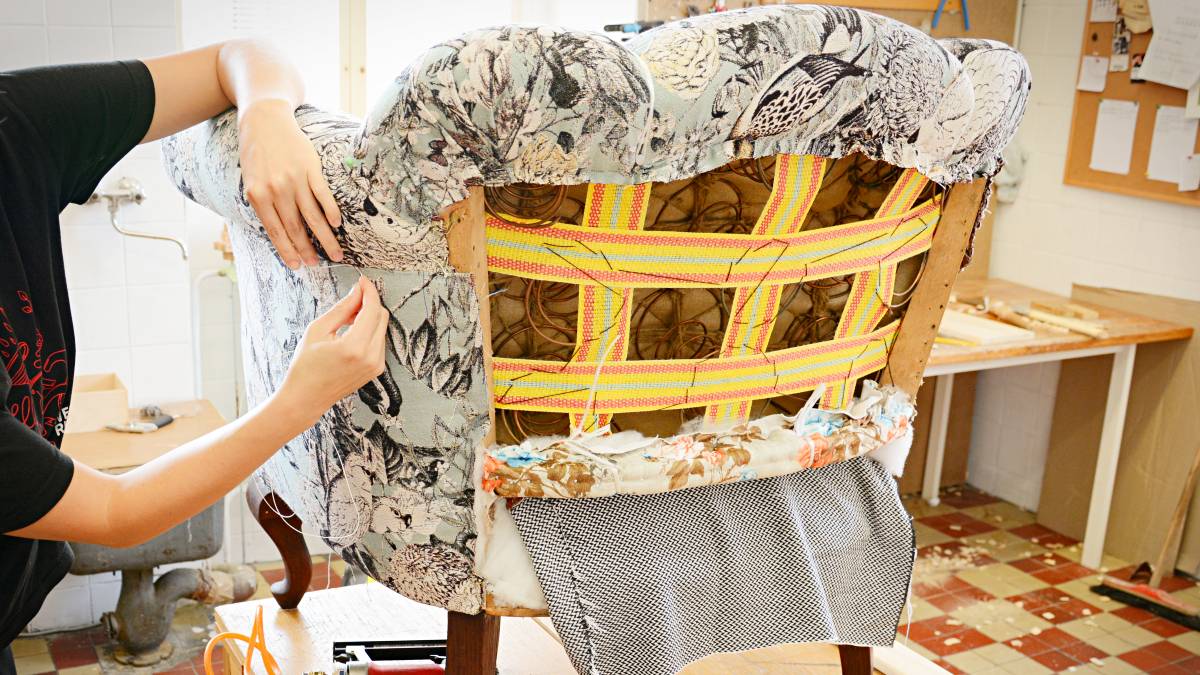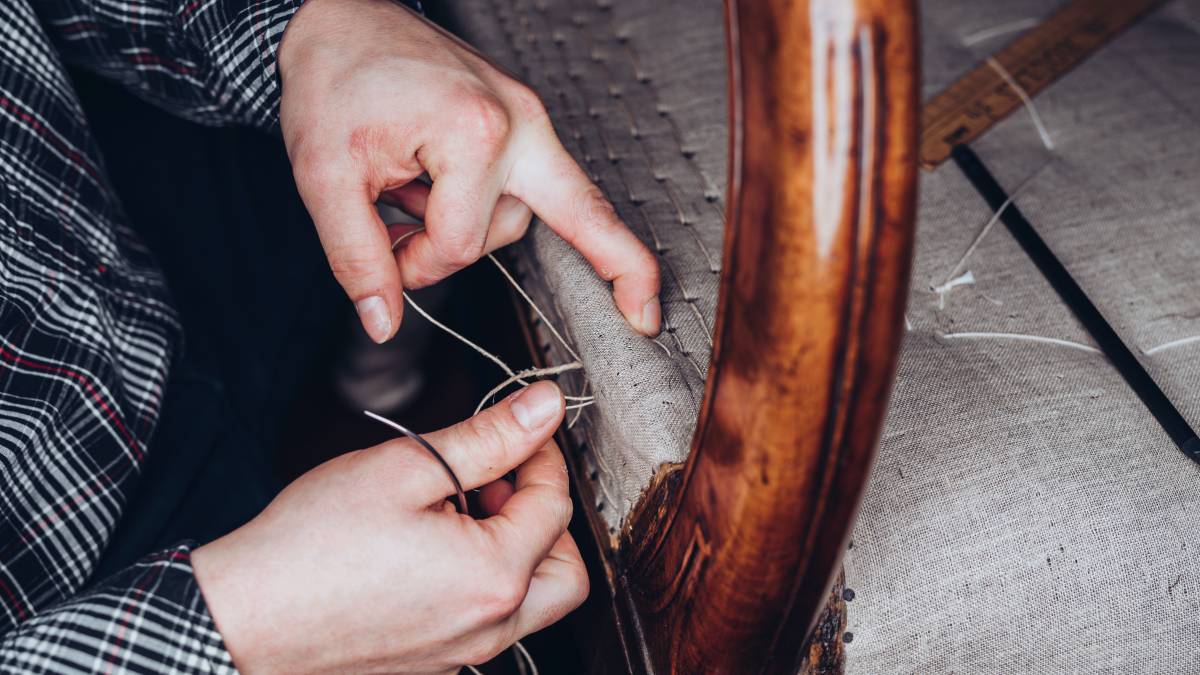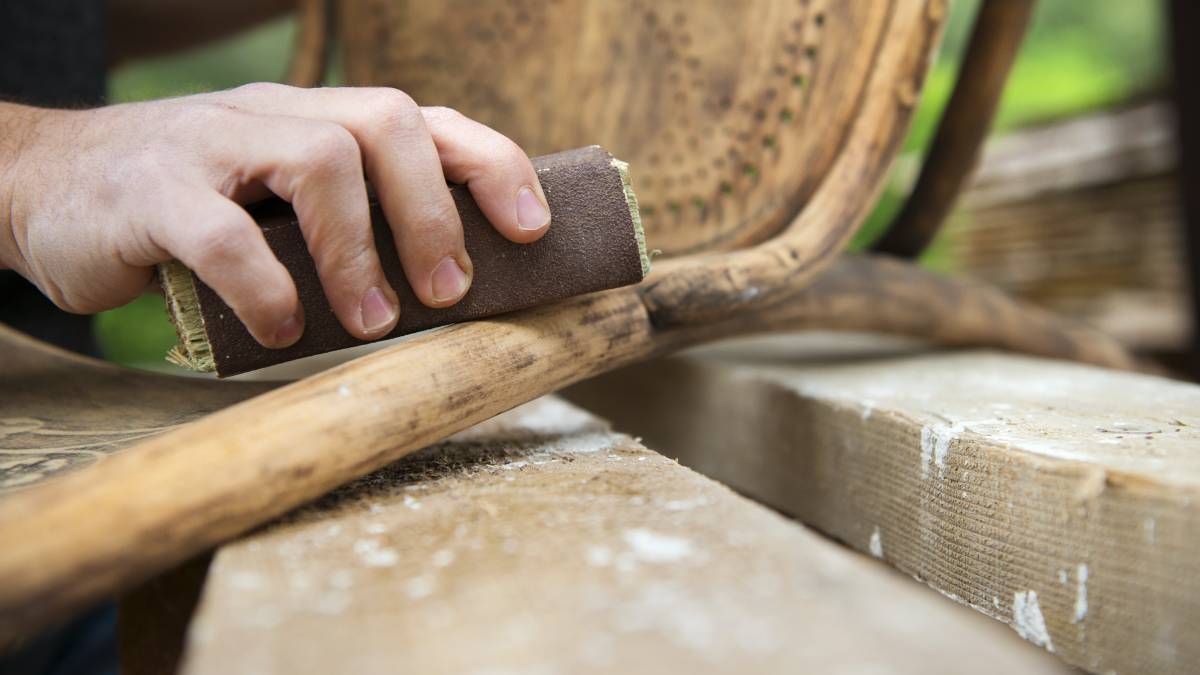- Home/
- Guides/
- Furniture Restoration/
- How to save your water-damaged valuables
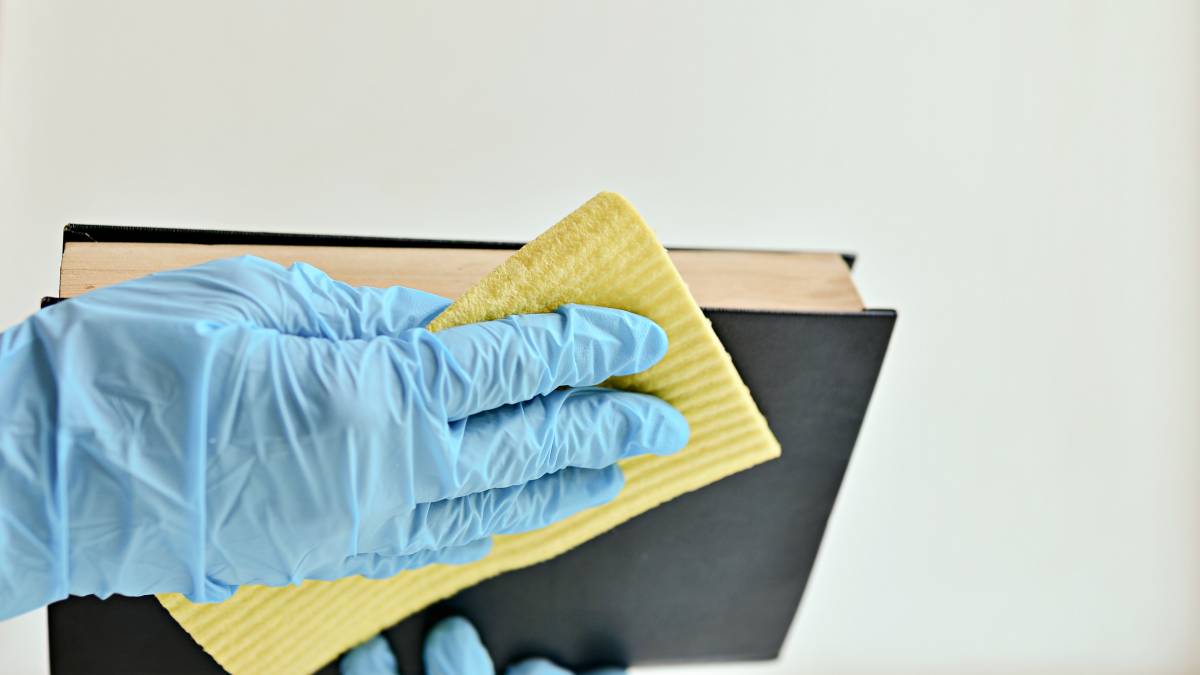
How to save your water-damaged valuables
Aside from DIY solutions, you can reach out to repair specialists near you.
Get help saving your water-damaged itemsLast Updated on
Protecting your belongings at home from water damage isn't always possible. External factors, like an unforeseeable burst pipe in your basement or a leaky roof in your attic, can result in a storage nightmare. You might also have to deal with condensation buildup from air conditioners or natural disasters like flash floods. The good news is that all hope isn’t lost; you can still save water-damaged couches, restore wet photos, and salvage essential documents.
What to do before restoring water-damaged valuables
Ensure your safety
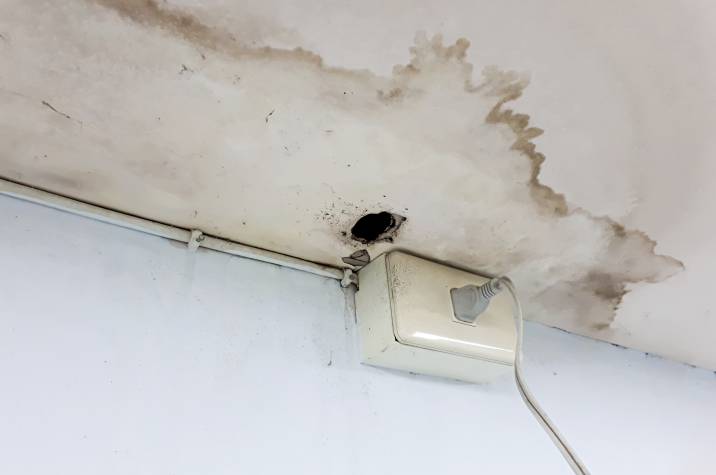 Whether the water damage was caused by natural disasters or daily mishaps, your first course of action is to check for possible dangers. These could be leaky ceilings, puddles where someone might slip, or wet electrical devices. Address these issues as soon as you can before trying to get to your belongings. Another accident won't help in this situation.
Whether the water damage was caused by natural disasters or daily mishaps, your first course of action is to check for possible dangers. These could be leaky ceilings, puddles where someone might slip, or wet electrical devices. Address these issues as soon as you can before trying to get to your belongings. Another accident won't help in this situation.
Audit and segregate
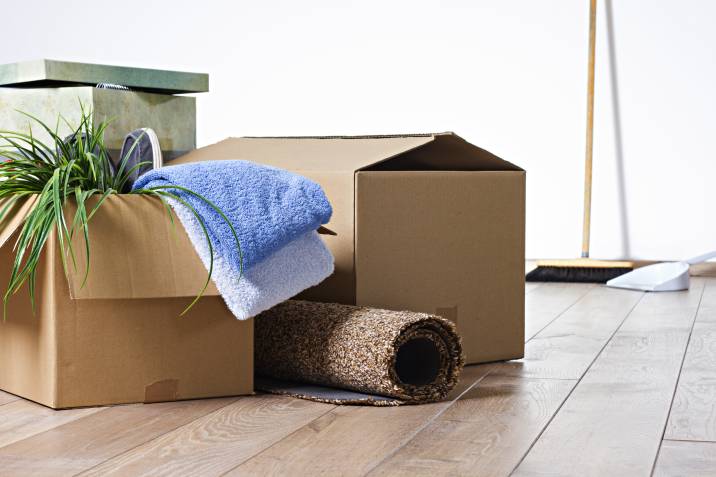 Once you’re safe, you can move your things. It's time to audit and determine which items can be saved and which ones are beyond repair. Don’t rely on water-resistant or waterproof labels. Even outdoor furniture can be damaged in unkind weather. If you're unsure, it will help to show the items to an expert. You might be surprised to learn that your photos can be restored and even recoloured or reprinted.
Once you’re safe, you can move your things. It's time to audit and determine which items can be saved and which ones are beyond repair. Don’t rely on water-resistant or waterproof labels. Even outdoor furniture can be damaged in unkind weather. If you're unsure, it will help to show the items to an expert. You might be surprised to learn that your photos can be restored and even recoloured or reprinted.
Check for warranties
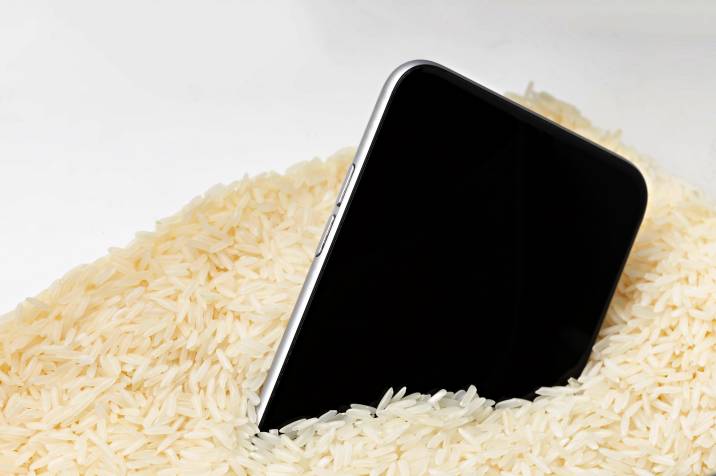 Depending on the damage, it can be overwhelming to see your possessions in a bad state. Some items, like luggage or gadgets, might be covered by warranties or need to be brought to authorised service centres immediately. Don't be afraid to ask for help so that you can start the water damage restoration process as soon as possible.
Depending on the damage, it can be overwhelming to see your possessions in a bad state. Some items, like luggage or gadgets, might be covered by warranties or need to be brought to authorised service centres immediately. Don't be afraid to ask for help so that you can start the water damage restoration process as soon as possible.
How to save water-damaged furniture
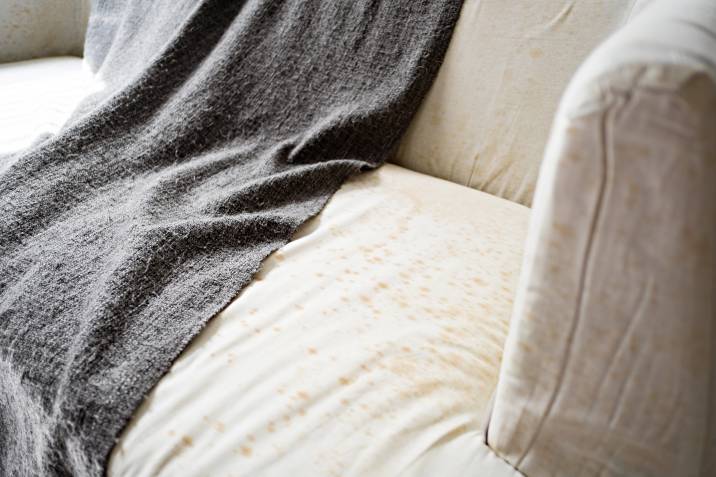 With plastic or plastic-coated furniture, you’re in luck. Simply wipe it down and get away with discolouration at most. However, furniture made of wood, metal, and other materials might not be as easy to save.
With plastic or plastic-coated furniture, you’re in luck. Simply wipe it down and get away with discolouration at most. However, furniture made of wood, metal, and other materials might not be as easy to save.
Focus on stopping the deterioration caused by the water. This will include drying and cleaning the furniture and removing broken bits or pieces inside. Wet stationery can stain light wood and stone furniture, so set them aside. Meanwhile, metal furniture is prone to rust. It’s possible to prevent corrosion despite exposure to water. When wiping down furniture, use a new sponge to clean surfaces and absorb moisture. Don’t force dry them with heat because this might cause shrinking or bending.
For mattresses and sofas, repair begins with ensuring they are fully dry. Moisture can cause the material to break and stiffen. It also leads to unpleasant odours. This process usually requires heavy-duty vacuums, which you can rent. If you have a dehumidifier at home, turn it on to prevent mould and mildew while waiting for a professional to come.
How to repair damaged photos
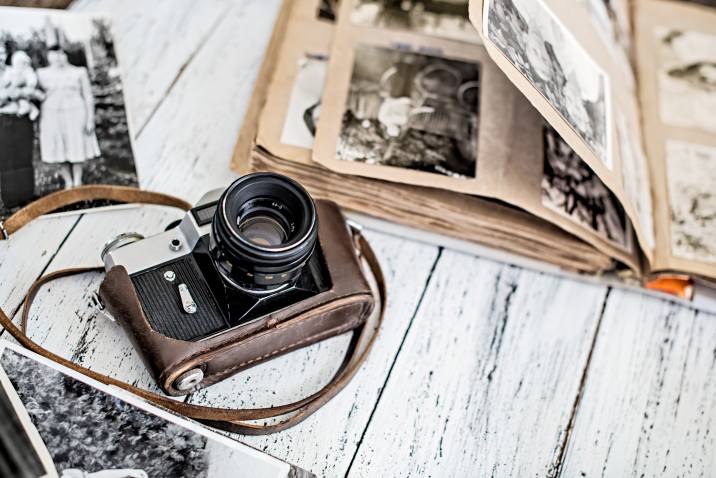
The digital age makes reprinting so much easier in case of water damage. However, old pictures are difficult to replicate and are indeed painful to let go of. These might include ultrasound prints of your firstborn or photos of your parents from decades ago.
The Internet has tons of DIY tutorials on cleaning old photographs, but you can start by gently removing the plastic or glass frames. Unless the print is stuck on the material, peel off the enclosure. Don’t pull or tug on the photo, canvas, or negative. Wash the pictures if necessary to remove mud or debris. Don’t blot the printed parts, or the colours will transfer to the paper rolls.
Act fast, and prioritise preventing more damage. Water-damaged pictures become mouldy or stick together after a day or two, making it harder to salvage them. After drying the photos, carefully lay them between sheets of wax paper. Lastly, store them in a secure plastic bag.
How to dry wet books
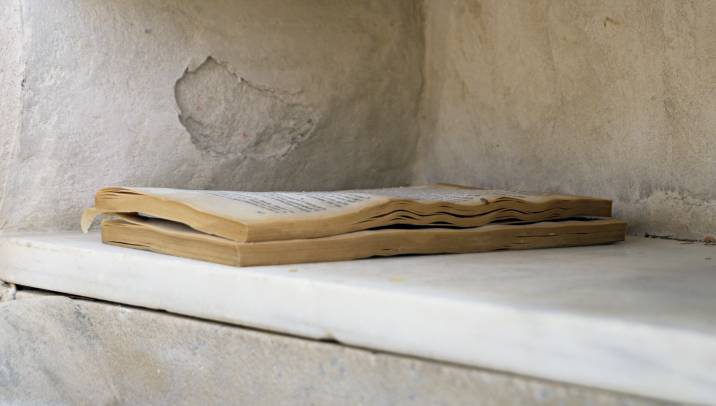 Bookshelves are one of the biggest hurdles when it comes to water damage, but some experts know how to dry a wet book. In fact, you can restore the first editions of your favourite novels and not worry about going on another tedious book hunt.
Bookshelves are one of the biggest hurdles when it comes to water damage, but some experts know how to dry a wet book. In fact, you can restore the first editions of your favourite novels and not worry about going on another tedious book hunt.
First, segregate the ones which are easy to replace, such as your copies of the latest and trendiest YA series. Reach for the ones with value, whether practical or sentimental. For example, the accounting records in your office should be a priority. If you have kids, saving their school books will prevent more headaches when their submissions are due.
Sentimental or autographed novels can still be part of your collection. Local libraries have recommendations on how to dry the pages of a wet book. Wrap each book with greaseproof paper, then pop them in the freezer to prevent mould growth. Allow them to thaw, and put paper towels in 20-page intervals to absorb the moisture. Finally, replace the paper towels when they’re wet. While this process doesn’t restore paper goods to pristine condition, it enables you to keep them with a new story to tell.
Restoring your water-damaged belongings
Overall, it’s stressful to lose expensive and cherished items, especially family heirlooms you have enjoyed for years. But with prompt action and a huge chunk of patience, you can save your valuables or at least mitigate the damage. If you’re not confident in your DIY skills, furniture repair or restoration professionals can help you achieve the best results.
Related articles
Related price guides
